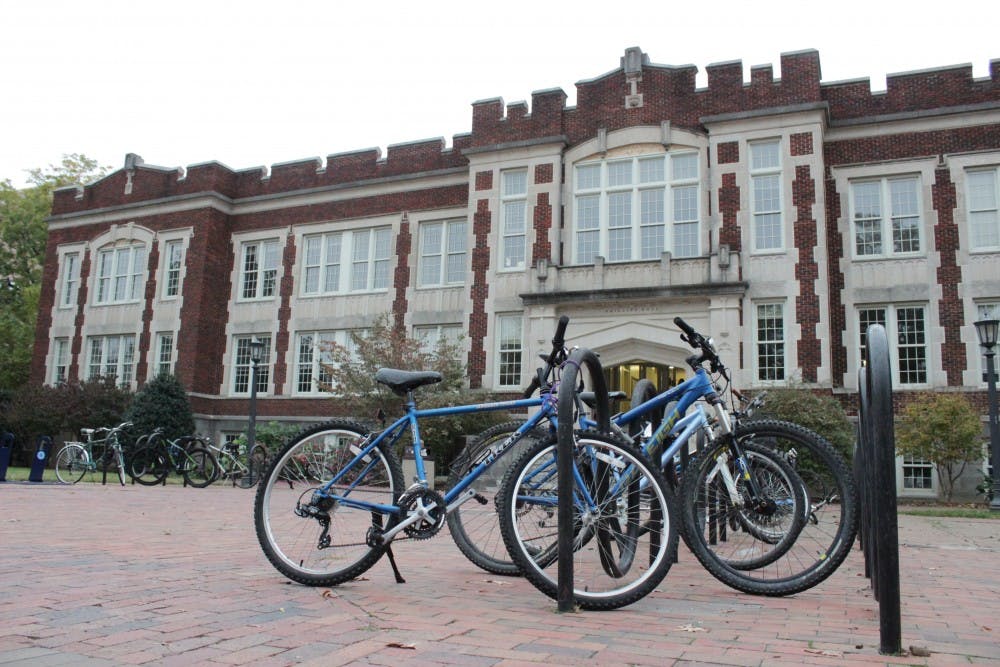Chapel Hill has vowed to become a more bicycle-friendly community with a new plan adopted on Oct. 25 to prioritize the expansion of greenways.
The goal of the mobility plan is to achieve a 35 percent combined bicycling, walking and transit commute in Chapel Hill by 2025, and it will focus on expanding transit in downtown Chapel Hill including UNC's campus, Martin Luther King Jr. Blvd., Highway 54 and 15-501.
Town Council member Nancy Oates said it’s important to think about how accessible bike paths are to new developments in the town as Chapel Hill continues to develop. She said the response to the mobility plan has been positive and people appreciate that the council is taking greenway trails seriously.
“If we’re going to create (development areas) and create the zoning for them and do the permitting for any sort of developing, we have to think about how people are going to access it to make it a success,” she said.
The Chapel Hill Town Council adopted the mobility plan, which includes a list of projects that will improve bicycle and pedestrian transit as an everyday option. With Chapel Hill's growing population, the council wanted to prepare for the future issue transportation might pose.
“It’s a long term plan; it’s because it has things like nature, streets, highways and also things like bike trails, so it’s for different ways of moving people around by vehicle, by foot, by bike,” she said.
John Rees, president of the Bicycle Alliance Chapel Hill, said anytime the town is working on a new development or plot of land, the council will incorporate design elements included in the mobility plan.
“In a city center, for it to be vibrant, and for it to be a place for people, it should not be dominated by cars, it should be dominated by people,” Rees said.
Rees said it should be more convenient to ride from anywhere on campus to downtown Chapel Hill.



